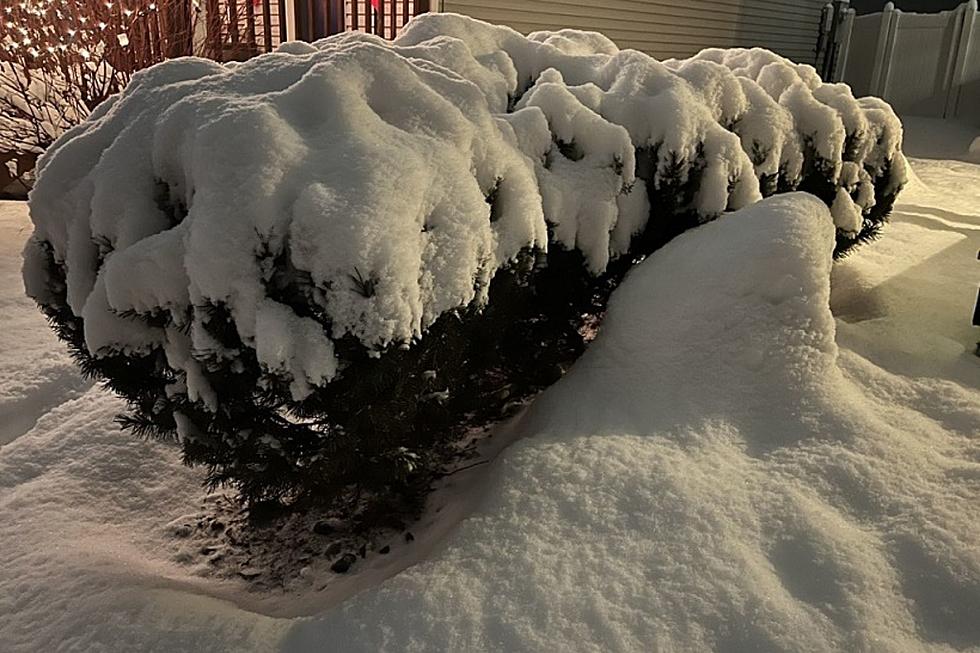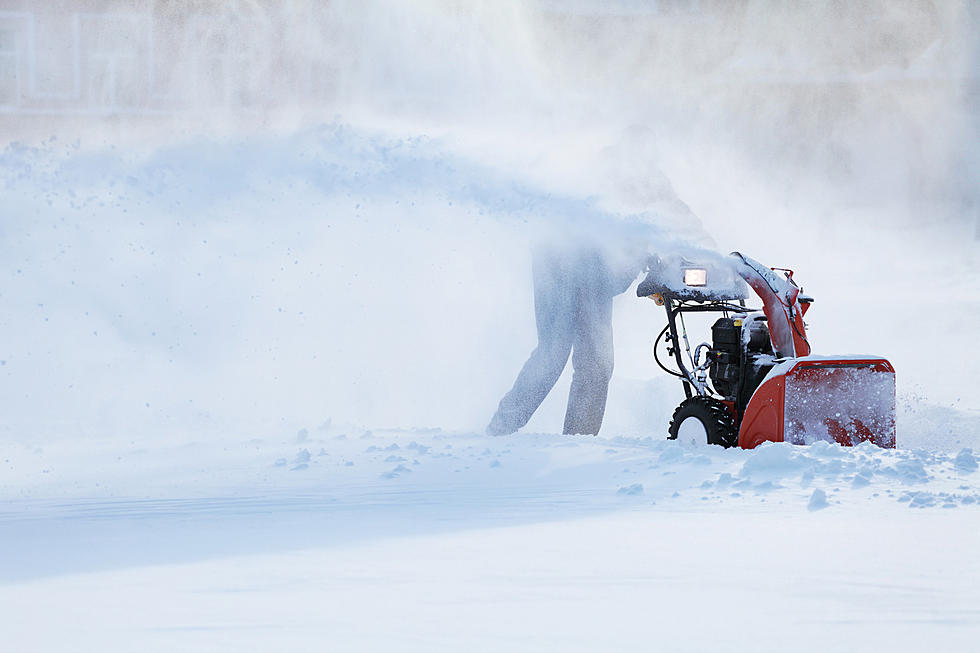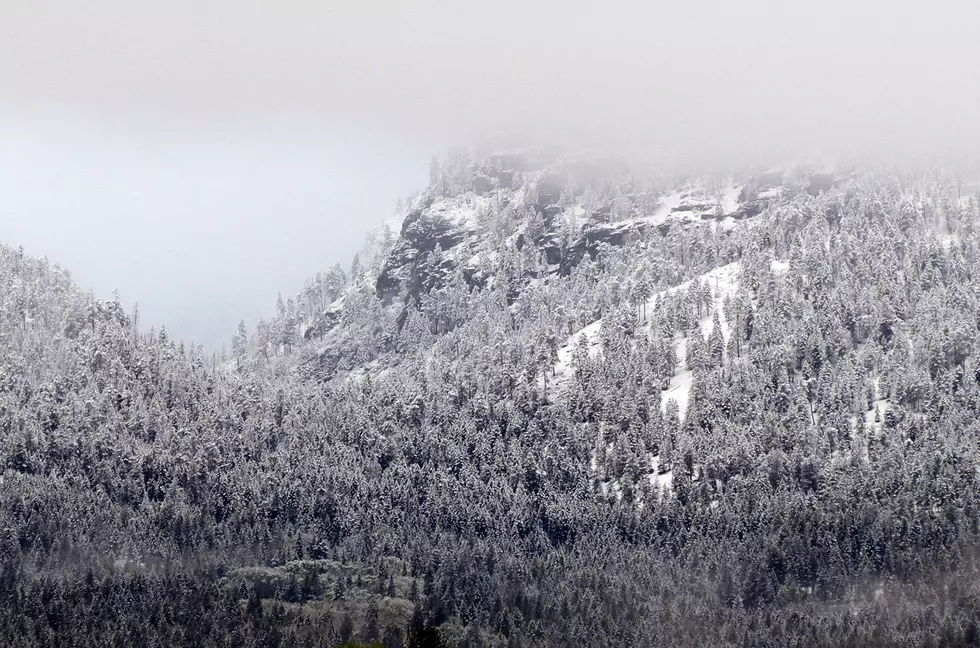
Snowy Morning Surprise For Hamilton May 20
The National Weather Office predicted it, but we didn't want to believe it. Then, May 20th, there it was when people woke up Thursday morning in Hamilton and the south end of the Bitterroot Valley - snow.
The snow did not stay on the main roads very long, but quite a few trees, recently leafed out in the spring, were damaged by the added snow weight. In fact US 93 was blocked both directions early in the morning at Mile Post 17 in the south end of the valley by a fallen tree. The Ravalli County Sheriff's Office reported the road cleared within an hour. Many tree branches throughout the valley were handing low to the grounds or were broken.
Wednesday afternoon and evening, May 19, a low pressure system came through with plenty of rain, which was welcomed after an unusually dry April and early May. That rain changed to snow as the temperature dropped in the early morning, with a layer of fresh snow in the Bitterroot and Sapphire Mountains and the lesser amounts in the valley. The valley snow had already started melting by sunrise.
What's in store? the National Weather Service has a Winter Weather Advisory in effect for the area above 4,000 feet through Friday morning. The areas affected include the Bitterroot and Sapphire Mountains and the area around the Lower Clark Fork. The low pressure systems will bring some more moisture from the Pacific before temperatures start to rise later this weekend. The lows at night should be in the 30s Thursday and Friday, with "unsettled" weather through the weekend. Expect highs back into the 60s next week.
LOOK: The most expensive weather and climate disasters in recent decades
KEEP READING: Scroll to see what the big headlines were the year you were born
More From 94.9 KYSS FM


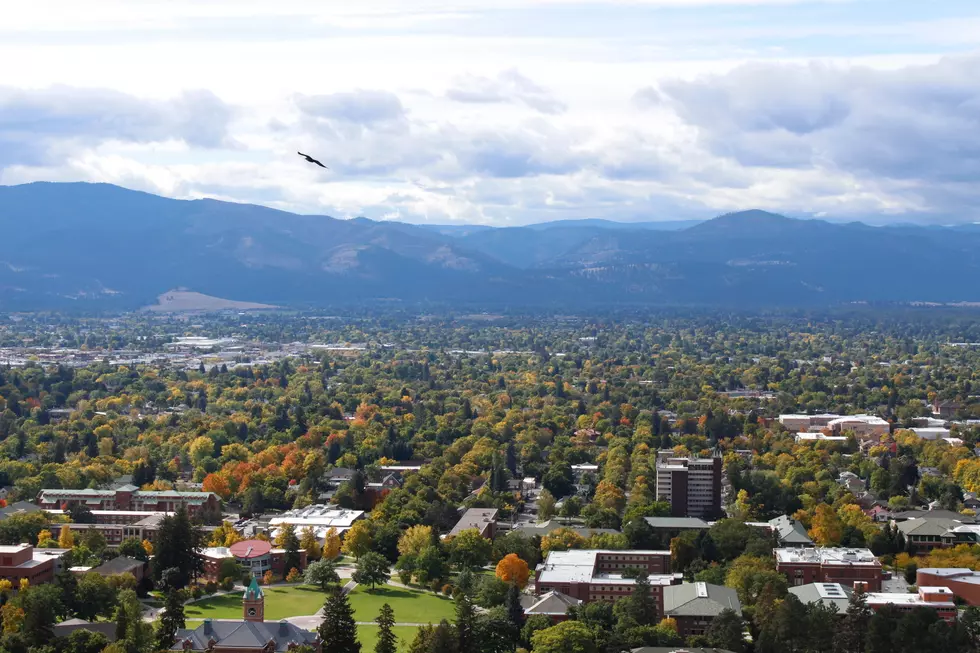
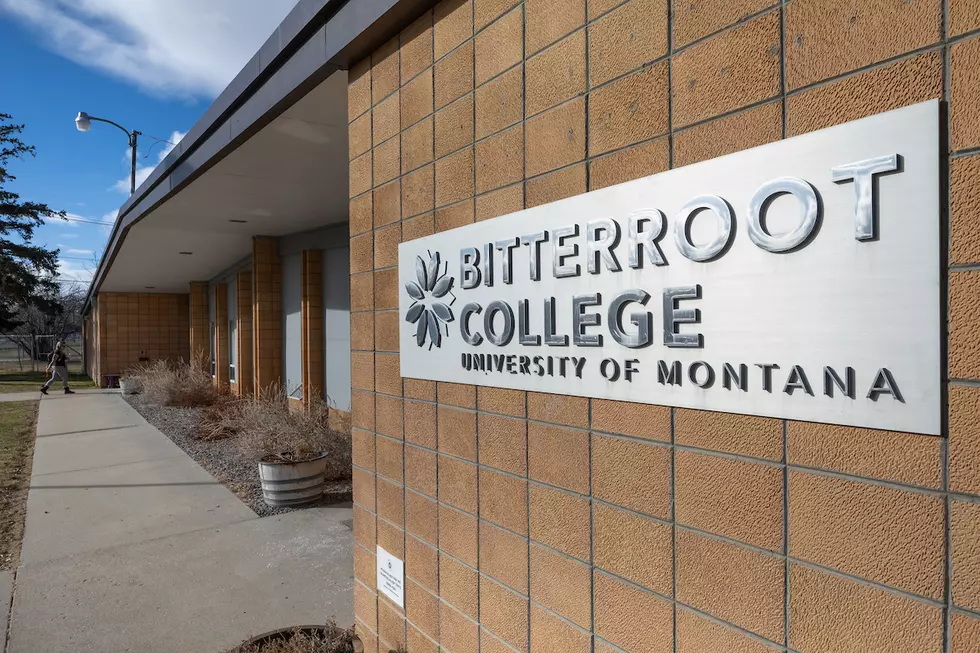

![[WATCH] Try This Handy Trick to Remove Snow and Ice in Montana](http://townsquare.media/site/15/files/2022/01/attachment-RS23561_GettyImages-636602528-scr.jpg?w=980&q=75)
